Class Reptilia Rank Species | Subphylum Vertebrata Suborder Serpentes Genus Micrurus Phylum Chordata Order Scaled reptiles | |
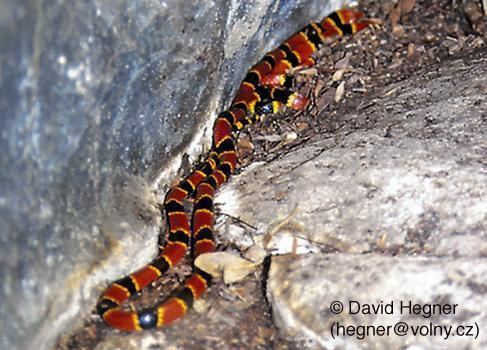 | ||
Similar Micrurus, Micrurus averyi, Roatan coral snake, Micrurus diastema, Micrurus annellatus | ||
Micrurus browni, commonly known as Brown's coral snake, is a species of venomous elapid snake native to southwestern Mexico and Guatemala. There are three recognized subspecies, including the nominate subspecies described here.
Contents
- Etymology
- Common names
- Description
- Geographic range
- Habitat
- Behavior
- Diet
- Reproduction
- Venom
- Subspecies
- References
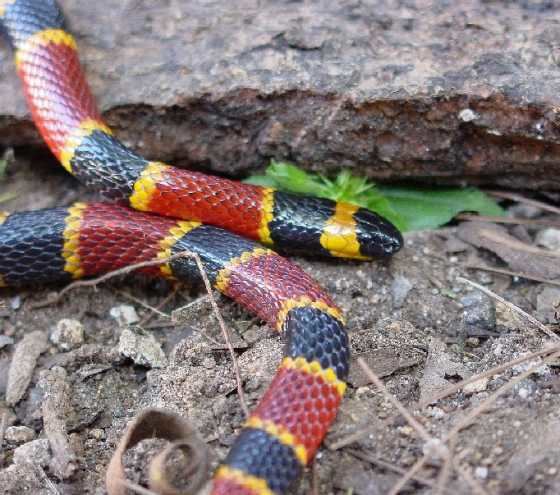
Etymology
The specific name, browni, is in honor of American herpetologist Bryce Cardigan Brown (1920–2008).
Common names
In English: Brown's coral snake. In Spanish: Serpiente-coralillo de Brown, coral, coral de Acapulco, coral de Antigua, coral (or coralillo) de canutos, vibora de coral.
Description
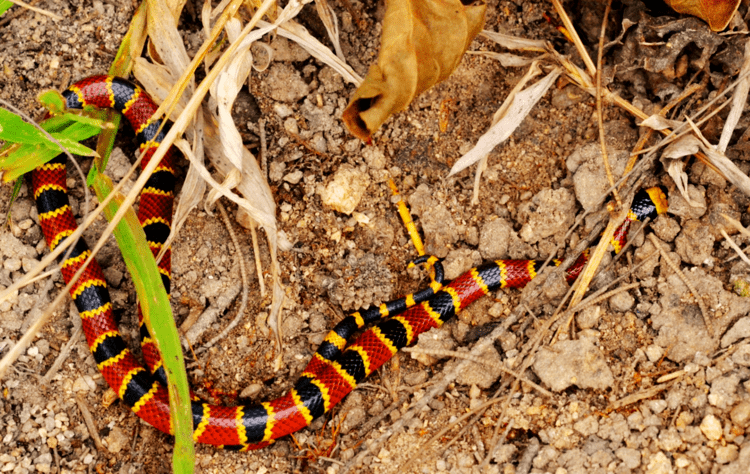
Brown's coral snake can grow to 100 cm (39 in) in total length (including tail), but most are closer to 50 cm (20 in) to 70 cm (28 in). They have smooth dorsal scales, a rounded head, and eyes with round pupils. Its color pattern is three-colored: broad red bands, separated by 10-27 black bands, each bordered with a narrow yellow ring. The snout is black. There is usually a yellow ring, across the top of the head, halfway back.
Geographic range
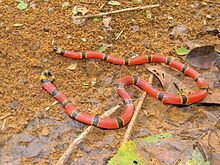
Its distribution is limited to Quintana Roo in southwestern Mexico, and western Guatemala, including Sacatepequez. Previous reports for Honduras have been found to be incorrect.
Habitat
It is mainly found in tropical deciduous forest, pine-oak forest, and cloud forest at elevations ranging from sea level up to 2,000 m (6,600 ft).
Behavior
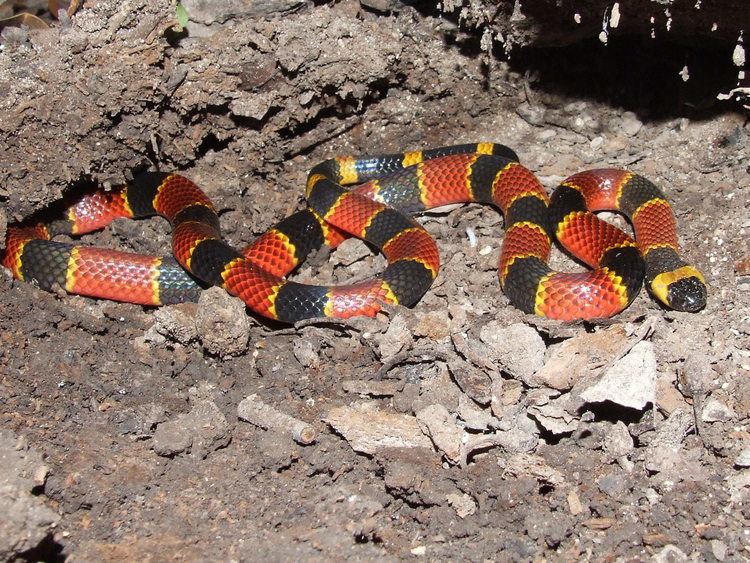
Although little is known about its behavior, like most other coral snakes it may be nocturnal, terrestrial and probably dwells in burrows, leaf litter, or under logs. While usually not aggressive, it will bite when molested or restrained.
Diet
It feeds on small lizards, amphibians, invertebrates, and other snakes.
Reproduction
Like other members of the genus Micrurus, M. browni is oviparous and may lay a maximum of 15 eggs per clutch.
Venom
Little is known about the effects of M. browni venom. It may contain neurotoxin, which can cause neuromuscular dysfunction, as is the case with the venom of other coral snakes.
Subspecies
There are three recognized subspecies of Micrurus browni:
